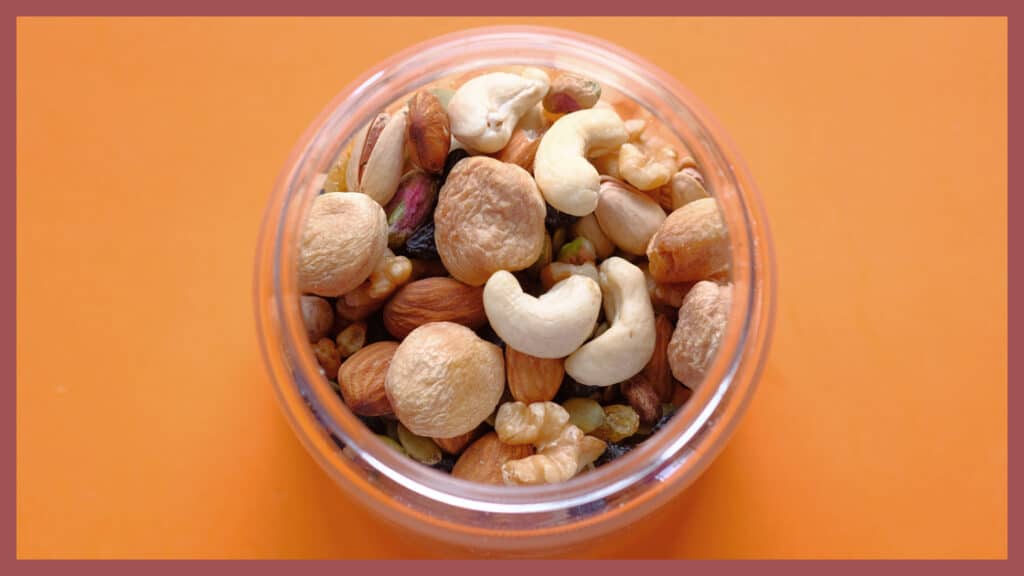I am honored to have been asked to develop the new Food Fraud Prevention section of the Handbook for Safe Processing of Nuts (4th Edition), published by the Peanut and Tree Nut Processors Association (PTNPA). I was first invited to connect with this group by Wendy Maduff, Ph.D. (The Wonderful Company: produces pistachios and almonds, in addition to owning FIJI Water, Pom Wonderful pomegranate, several wineries, Halo mandarins, among others). I presented earlier this year at the PTNPA Technical Forum 2022 in Chicago and was a speaker at one of their earlier webinars .
- Reference (Free document): PTNPA, Peanut and Tree Nut Processors Association, Handbook for Safe Processing of Nuts (4th Edition), URL: https://cdn.ymaws.com/www.ptnpa.org/resource/resmgr/industry_information/2022/industry_handbook_oct22.pdf
I consider this type of volunteer activity to be my most crucial form of public engagement since it helps to create harmonized terms and standardized methods for food fraud prevention. The peanut and tree nut products are both finished goods and raw material food ingredients that impact nearly the entire food supply chain.
Peanut and Tree Nut Processors Association (PTNPA)
From the PTNPA website: “The Peanut & Tree Nut Processors Association (PTNPA) was established in 1939 and has proudly supported the nut industry for more than eight decades. Today, the PTNPA is an association of leading nut industry companies and representatives. PTNPA member companies range from large global organizations to small family-owned businesses that focus on the food industry production of peanuts and tree nuts – along with companies that supply equipment and services critical to the nut industry. The PTNPA also works closely with nut and food industry associations, alliances, and coalitions. PTNPA member companies employ millions of people and generate billions of dollars in today’s global economy, which is growing in response to consumer interest and demands.”
PTNPA Handbook for Safe Processing of Nuts (4th Edition)
This handbook concept started in 2007 when the Grocery Manufacturers Association (GMA; now Consumer Brands Association) formed a Salmonella Control Task Force, which developed a guidance document. Later, in 2009, that activity expanded to include a handbook for “peanut and tree nut shellers, hullers, processors and manufacturers.” This included sections that specifically supported the Food Safety Modernization act of 2011 (FSMA). This rapidly evolving food safety regulatory landscape led to the second edition in 2015. Later, a new food safety requirement was the Global Food Safety Initiative (GFSI) benchmark requirements that added food fraud prevention requirements in 2018 (GFSI is the benchmark for the most widely adopted food safety management systems such as BRC, IFS, FSSC 22000, SQF, and others). The evolving landscape led to the third edition in 2020 and the fourth edition, published in October 2022.
The overall focus of the handbook is on the US regulatory requirements such as FSMA Preventive Controls Rule, but it also addresses the Intentional Adulteration Rule and the Guidance for Supply Chain Programs. The food fraud prevention section expanded to build on the broader GFSI requirements and the COSO-based Enterprise Risk Management assessments.
Food Fraud Prevention Section Detail
My goal for this section was to create a stand-alone, comprehensive overview and guide for the PTNPA members to address food fraud prevention.
From the handbook: “Food Fraud Prevention – The topics of food fraud prevention is of increasing interest and concern, with today’s complex global supply-chain realities, wide-spread and sophisticated fraud act, and global economic pressures and geopolitical complexities. The Handbook section on food fraud prevention has been updated to further assist companies in establishing best practices for the nut industry based on current-day considerations.”
The food fraud prevention section emphasizes the vulnerability assessment concepts and application: “One of the most important steps is calibrating the FFVA with all other food safety and enterprise-wide risks. The food fraud problems should not be ranked only versus the other food fraud problems. The same likelihood and consequence ranks, and the same enterprise-wide risk tolerance should be used. It is possible that most of the food fraud problems fall below the enterprise-wide risk tolerance.”
To reduce confusion, an important topic was to explain how all the food fraud prevention terms were related (Figure).

A practical application is presented in terms of the Food Fraud Vulnerability Assessment two-stage approach of “Food Fraud Initial Screening (FFIS)” and then a more “detailed assessment” is conducted, as needed.
Without a Food Fraud Management System, no food fraud prevention activity would be complete. This handbook provides a step-by-step approach for completing a Vulnerability Assessment and Critical Control Point Plan (VACCP). This utilizes the Food Fraud Prevention Cycle (FFPC). The section concludes with a practical method for “Implementing a Management System” and “Integration into the Food Safety Management System.”
To provide further support, the handbook includes a list of free training resources.
Takeaway Points
- While this is a handbook for peanut and tree nut processors, the methods and insights apply to all products.
- It is helpful that a wide range of food industries are adopting the harmonized and common approach to food fraud prevention – especially for this high-value and food safety-focused raw material.
- Whether or not you manufacture or use peanuts or tree nuts, this food fraud prevention section is a helpful guide to the efficient and optimal implementation of a food fraud management system.

